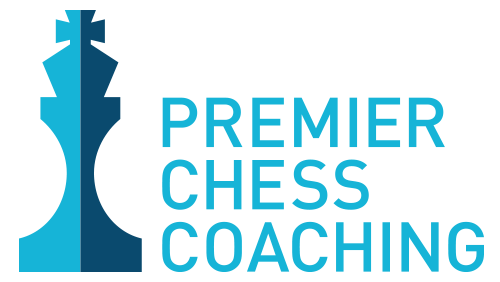If you’re just getting into chess, you’ve probably run into the idea of castling in various chess guides. Let us start off by saying that castling is a very important strategy to understand. It’s a strategy that should define your opening moves. Castling is a unique move that requires your king and one rook to be in their starting positions, with no other pieces between them. Once this is done, your king and rook meet in the middle, then trade spots, all in one move! Sounds exciting, but what makes this unique move so powerful?
Shift Your King Away From the Centre
While it may not always be advantageous to do so, the king is often safer to one side of the board than in the centre. When in the centre, your king is open to attack from queenside, kingside, and the centre of the board. That’s a lot of threats that you have to keep track of, and for a chess novice it can be easy to miss a threat. Piling your king into the corner makes it easier to defend, and your focus is not spread quite as thin.
Activating Your Rooks
Now let’s shift the focus to rooks, what it means to ‘activate’ them, and why it’s advantageous. Most chess guides will tell you that activating your rooks is a big reason for castling, but what does it mean? Activating your rook is to bring it out into the fray. By castling, we take the rook and bring it to the centre of the board in one move. Without castling, getting the rook to this position would take many turns of commitment.
An active rook is both a powerful offensive piece, and can readily defend other key pieces much more easily. Two active rooks can now also ‘connect’. Connected rooks are rooks that have a clear path to one another. When connected, rooks can defend each other, and attack together depending on their position. Let’s contrast this position with the original positions of the rooks: the corners of the board. Here your rook is locked in and impossible to use to its full potential. If your opponent has both their rooks active, and your rooks are still in their starting positions, you’ll quickly understand why it’s important to activate them early. Unlocking the potential of your rooks early is another great reason to castle.
More Chess Guides For Beginners
If you’re interested in more knowledge for the budding chess mind, check out the rest of our blog. We also have the best chess guides of all, our amazing coaches! Join our friendly and effective chess clubs, or start your own private lessons today by contacting us here.


